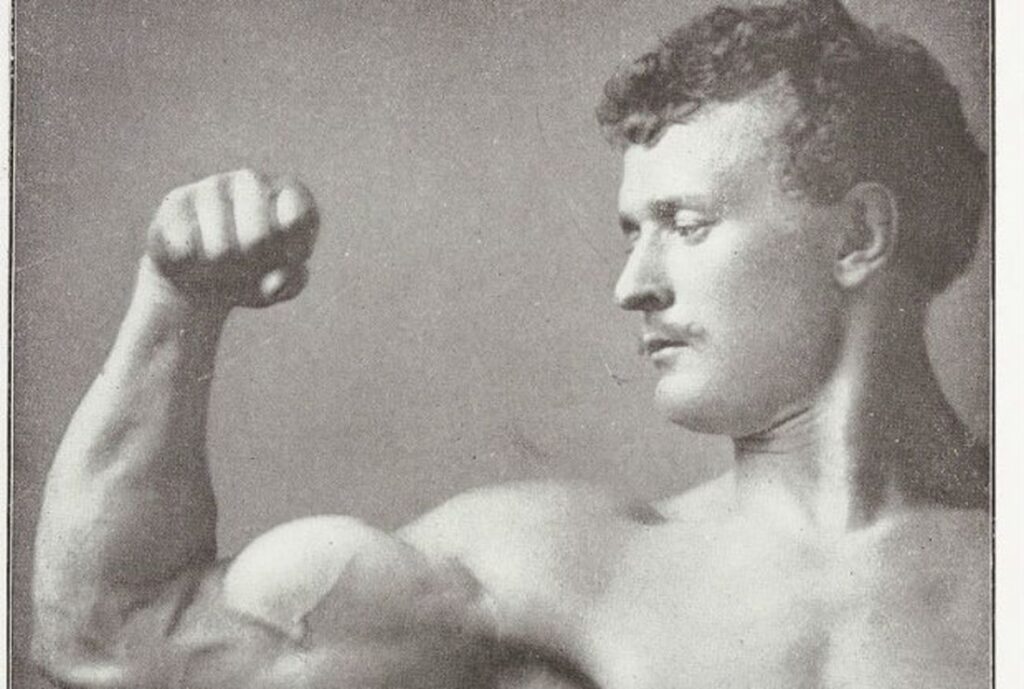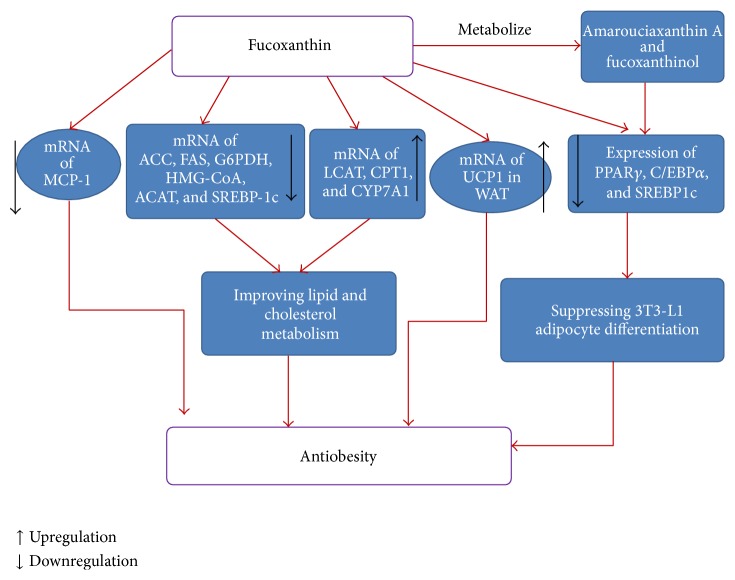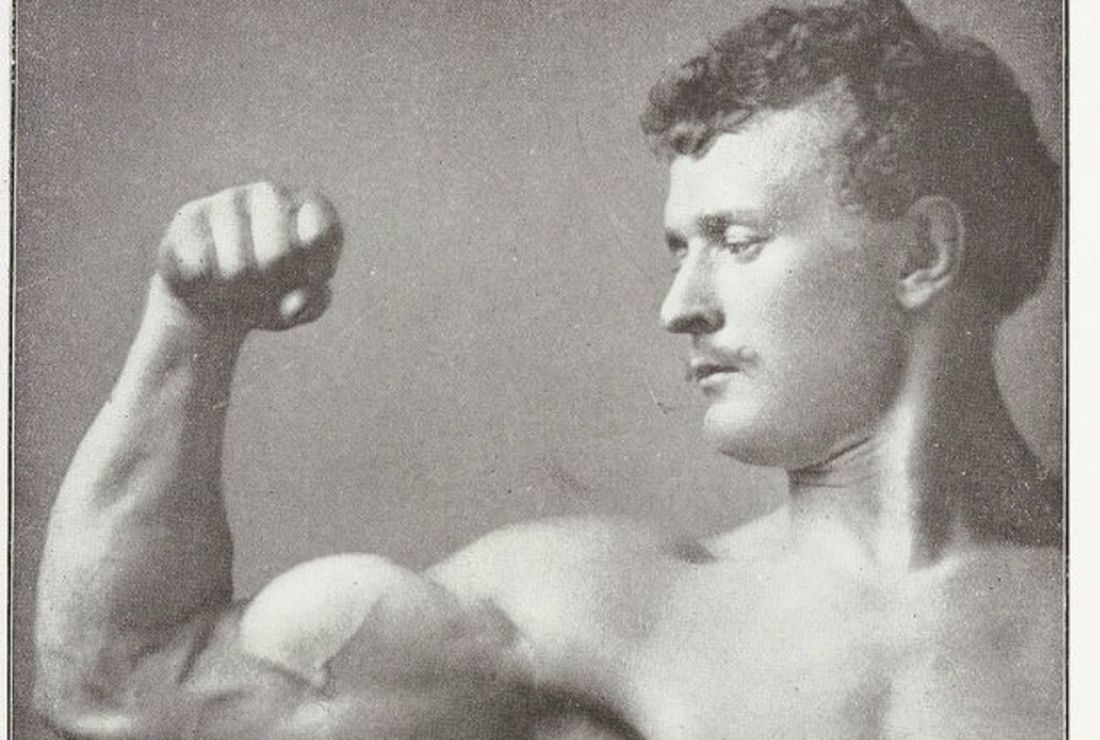Everyone wants an easy way out when it comes to fat loss and look to expensive pills promising to boost your metabolism to no avail. These supplements are overpriced and ineffective, leaving your shortchanged and flabby, instead.
Sadly, the best things in life don’t come by that easily. If you’re looking at pills to boost your metabolism, you’re doing it wrong.
While they might marginally raise your base metabolic rate, in the grand scheme of things, they will only help you lose a few pounds — if you’re lucky — in a year, not justifying their lofty price tag.
And the only way to lose fat is to be in a caloric deficit — as we have said ad infinitum on this website.
However, there are a few strategies you can employ to boost your metabolism and get rid of that pesky stubborn belly fat.
Of course, the most effective methods to boost your metabolism take time and effort to forget.
Remember: nothing worthwhile is ever easy; it takes years to get to a point where you can eat more food while losing fat.
The Best Ways To Boost Your Metabolism

For starters, we will look at the very best way to boost your metabolism in the long run, allowing you to eat more food without gaining fat and/or losing weight more effortlessly.
1) Build Muscle
Building muscle is the number one best way to boost your metabolism.
Even at rest, lean contractile tissue — muscle — is very metabolically expensive, meaning that you require more energy expenditure to maintain muscle mass without having to do anything.
A pound of lean contractile tissue will increase your base metabolic rate by 20-30 calories per day at rest.
A genetically gifted natural lifter can expect to gain between 40-50lb of muscle by the peak of their lifting career — translating into an increase of their base metabolic rate by a minimum of 800 calories and a maximum of 1500 calories per day.
Within one’s first year of lifting, assuming everything is on point, a genetically gifted lifter can gain anywhere between 15-20lb of muscle — which, again, would translate into an increase of the base metabolic rate by a minimum of 300 calories and a maximum of 600 calories per day.
Contrast this to the oft-prescribed estimate of your base metabolic rate being found by multiplying your bodyweight in pounds by 15 calories.
Muscle can be up to doubly metabolically active!
And muscle is up to three times more metabolically active than fat [R].
Plus the heavier you are, the more muscle you carry, the more overall calories you will burn while you exercise — because you’re carrying around more weight and each muscular contraction expends more energy.
Imagine what you could do with such a significant increase in lean body mass.
There is literally no other way to dramatically boost your metabolism as safely or effectively as building muscle.

2) Cold Exposure/Cold Showers
This underused method to boost your metabolism has shown promise in drastically increasing your base metabolic rate.
Cold exposure as minimal as a 2-minute cold shower boasts a plethora of health benefits from raising your base metabolic rate, cardiovascular health, and increasing alertness — think of it as a healthy stimulant-free stimulant.
Now, moving onto the subject we all came to see, cold exposure can reportedly raise your base metabolic rate.
This occurs by a process where WAT (white adipose tissue) is converted into BAT (brown adipose tissue) which is more efficient at regulating body temperature by burning chemical energy to create heat — or “cold thermogenesis.”
Moreover, excessive deposits of WAT have been linked to a slew of health issues, including diabetes. There is also an inverse correlation with obese subjects and BAT as the fatter you are, the less BAT you tend to hold.
According to a recent study [R]:
Click Here to Visit a Trusted SARMs Provider
“The researchers had 5 healthy men, average age 21 years, reside for 4 months in a clinical research unit in the NIH Clinical Center in Bethesda, Maryland. The men engaged in regular activities during the day and then returned to their private room each evening. The temperature of the room was set to 24 °C (75 °F) during the first month, 19 °C (66 °F) the second month, 24 °C again for the third month, and 27 °C (81 °F) the remaining month.
“The participants were exposed to the temperature for at least 10 hours each night. They wore standard hospital clothing and had bed sheets only. All meals were provided, with calorie and nutrient content carefully controlled and all consumption monitored. At the end of each month, the men underwent extensive evaluations, including energy expenditure testing, muscle and fat biopsies, and PET/CT scanning of an area of the neck and upper back region to measure brown fat volume and activity.
“After a month of exposure to mild cold, the participants had a 42% increase in brown fat volume and a 10% increase in fat metabolic activity. These alterations returned to near baseline during the following month of neutral temperature, and then were completely reversed during the final month of warm exposure. All the changes occurred independently of seasonal changes.
“The increase in brown fat following a month of cold exposure was accompanied by improved insulin sensitivity after a meal during which volunteers were exposed to mild cold. Prolonged exposure to mild cold also resulted in significant changes in metabolic hormones such as leptin and adiponectin. There were no changes in body composition or calorie intake.
“The findings suggest that humans may acclimate to cool temperature by increasing brown fat, which in turn may lead to improvements in glucose metabolism. These changes can be dampened or reversed following exposure to warmer temperatures.“
Additionally, different gradations of cold exposure can yield impressive results in terms of body composition.
For example, some forms of cold thermogenesis can release hormones adiponectin and irisin which are both conducive to the preservation of muscle strength and size in a caloric deficit [R].
3) Drink Black Coffee
This virtually calorie-free drink has been shown to boost your metabolism quite effectively — trouncing the need to purchase expensive over-the-counter fat burners.
Caffeine, the main active ingredient in coffee, and one of the main active ingredients in fat burners and in pre-workouts, is one of the most studied natural performance enhancements there is.
At one point, caffeine was illegal to consume for certain sporting disciplines as it can significantly increase athletic performance [R].
Black coffee is a universally tried and tested pick-me-up that simultaneously suppresses appetite and increases energy expenditure by powering extra movement — even in a sleep-deprived state [R].
This leads to an overall increase in one’s potential caloric deficit, tapping into two pathways resulting in extra fat loss.
Coffee can also boost your metabolism as a standalone.
Studies revealed that caffeine can raise your resting metabolic rate by 3-11%, with higher doses of caffeine showing greater overall effect [R], [R].
However, you must proceed with caution as excessive caffeine may cause unwanted health issues. The FDA recommends no more than 400mg of caffeine per day [R].
For context, some pre-workouts contain 300-400mg per serving, and the average cup of coffee contains around 100mg of caffeine.
4) Eat More Protein
Several publications recommend eating more protein to boost your metabolism.
This is because protein requires more energy expenditure to digest.
(And protein is very satiating, lowering the likelihood of your needing to snack!)
While we typically recommend 1g of protein per lb of lean body tissue to grow and preserve muscle mass, you can feel free to include a little more protein in your diet to help boost your metabolism in an effort to hit your target calories for the day.
Protein boosts your metabolism as it has a higher overall thermic effect over the other two major macronutrients — fat and carbohydrates.
The thermic effect of protein is around 20-30%, whereas carbohydrates’ thermic effect is between 5-10% and fats’ is 0-3% [R].
In essence, per every 100 calories of protein consumed, 20-30 calories are used for digestion.
Those with higher overall protein intakes can burn an extra 80-100 calories per day, elevating one’s base metabolic rate even at rest or sleep [R], [R].
If you’re looking to boost your metabolism, a high protein diet is an absolute must.
5) Fucoxanthin
Now, this one is an odd one out. Although not much is known about this brown seaweed-based substance, one study claims that it has the potential to boost your metabolism by increasing total caloric expenditure by up to 450 calories per day [R].
In spite of this tall claim, it is only one study that has yet to be replicated.
However, another study claims that a group of 16 obese women who were given Fucoxanthin all dropped body fat and liver fat content [R].

Conclusion
Most people looking to boost their metabolism are looking to do so with the intended consequence of eating more liberally without gaining fat or even losing fat.
Let it be known that you can’t eat like a pig and expect to lose fat!
You must be in a prolonged caloric deficit to lose fat, through eating less and doing more.
All of the above could help you achieve your goals, but ARE NOT a substitute for putting in the effort and changing your life for the better.
Don’t hesitate to email us at [email protected] for personalized coaching and a client questionnaire if you’d like DEDICATED tailor-made personal training on strength training, building muscle, losing fat, developing athleticism, and more — all to your liking, lifestyle, habits, and taste!
Otherwise, don’t forget to claim your FREE eBook detailing how to lose 20lb of fat while building muscle in 12 weeks! You can claim it here.
Alternatively, you can pick up a FREE eBook on fundamental strength principles offering an introductory workout program.











